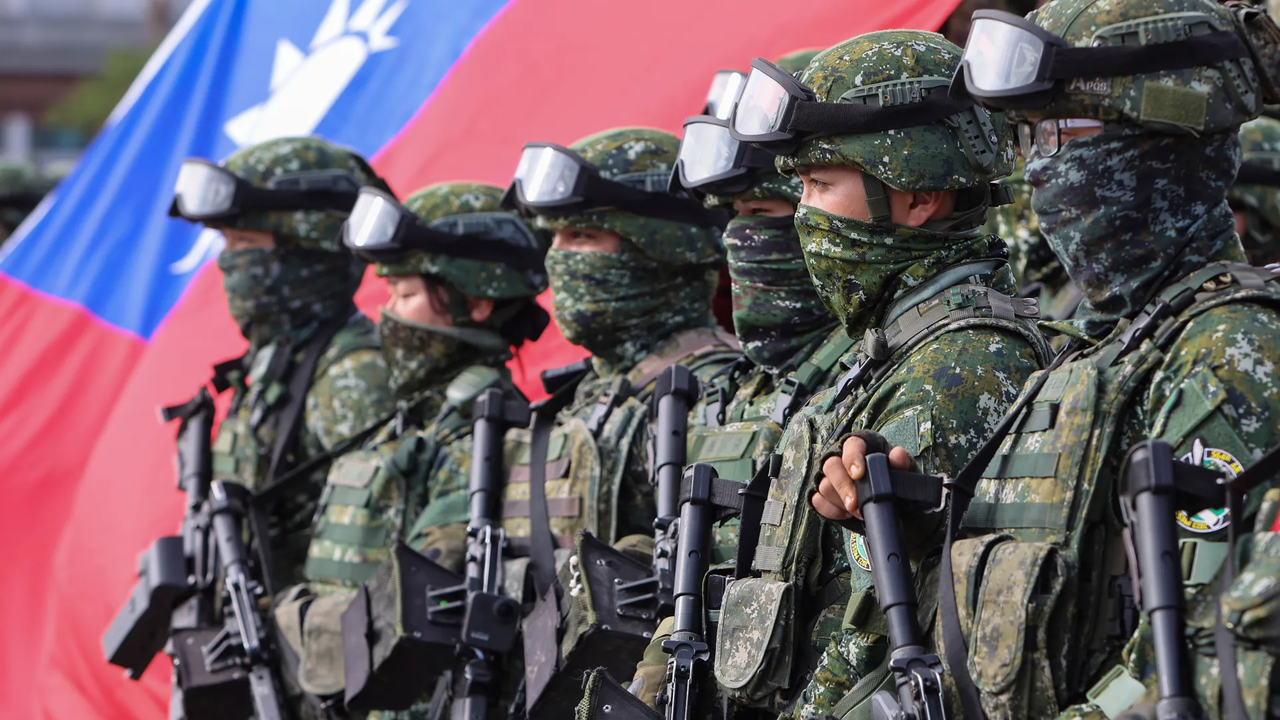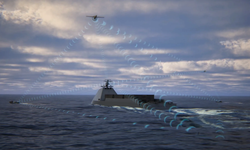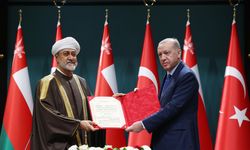Taiwan’s government is preparing a new special defense budget ranging between $20–30 billion to enhance its missile and unmanned systems capabilities, according to local media reports. The Ministry of National Defense is expected to submit the proposal by the end of August, marking the fourth special military budget planned for fiscal year 2026.
The funding would support the procurement of various systems, including attack drones, cruise missiles, uncrewed surface vessels, and upgraded command platforms. The acquisitions are expected to involve both domestic and U.S. defense suppliers.
Taipei’s defense spending has become an increasingly contentious issue in local politics. Opposition parties have pushed for revisions or delays to certain programs, even as the island faces growing pressure from Beijing.
In an earlier attempt to increase the overall defense budget to around $20 billion — about 2.5% of Taiwan’s GDP — several programs experienced cuts. These included a 50% reduction in funding for a domestic submarine program and the scaling down of a planned drone industry park.
However, in response to escalating military activity by China in the Taiwan Strait, Taipei has renewed its focus on drone development. In July, the defense ministry announced a plan to acquire nearly 49,000 domestically produced drones by 2027. The project includes five categories of UAVs, ranging from multi-rotor and fixed-wing models to hybrids, all of which must exclude Chinese-made components.
Earlier this month, Taiwan signed an agreement with U.S.-based Anduril Industries for the delivery of unmanned aerial systems and command-and-control platforms. Among the newly introduced systems is the "Overkill" drone, designed for precision strikes and equipped with Auterion-developed targeting and camera modules. The system is reported to follow low-altitude flight paths intended to bypass air defense systems.
Defense Spending to Surpass 3% of GDPSpeaking at the Ketagalan Forum on August 5, Taiwanese President William Lai Ching-te confirmed that the island’s total defense spending will exceed 3% of its GDP, which currently stands at approximately $815 billion. The record-high military budget is projected to reach $19 billion this year.
Lai described the global security environment as increasingly unstable, citing ongoing conflicts in Ukraine and the Middle East, as well as China’s assertive military posture in the Taiwan Strait and surrounding seas. He emphasized that maintaining peace and stability in the region is not only a local concern, but a broader responsibility tied to global economic security.
The remarks come amid continued U.S. military support for Taiwan. According to a recent Congressional Research Service report, the U.S. executive branch notified Congress of more than $28 billion in approved arms sales to Taiwan between 2015 and 2025.
During the forum, Lai outlined a four-part defense strategy that includes strengthening national defense capabilities, enhancing economic security, promoting cross-strait stability, and supporting values-based diplomacy. He also highlighted new resilience initiatives that combine the annual Han Kuang exercises with urban readiness drills aimed at involving broader segments of society in national defense planning.
As part of Taiwan’s broader economic strategy, Lai noted continued investment in five strategic sectors: semiconductors, artificial intelligence, defense, security and surveillance, and next-generation communications.
ü











